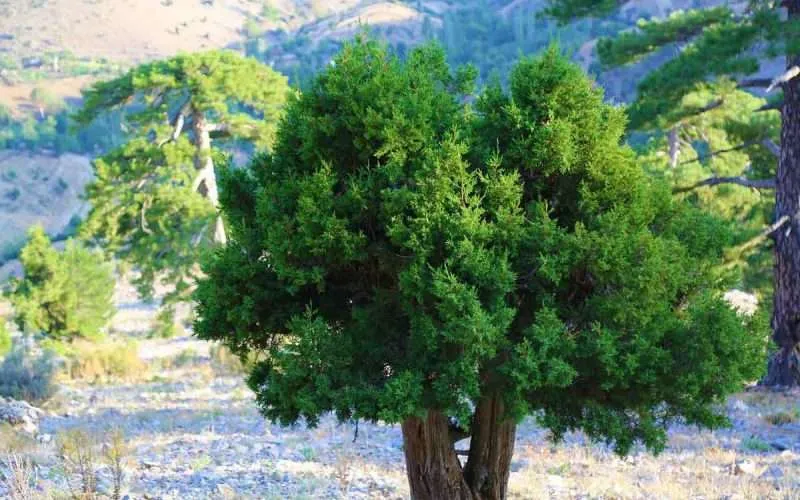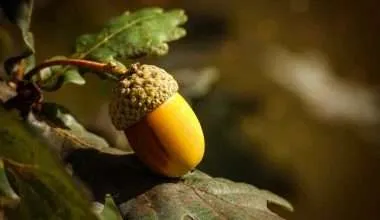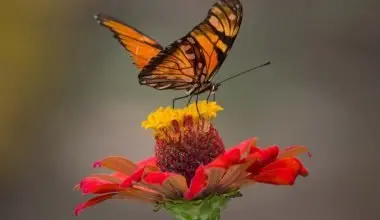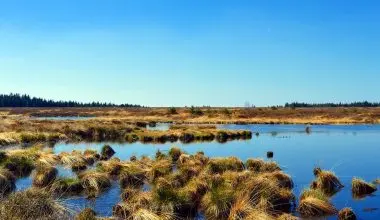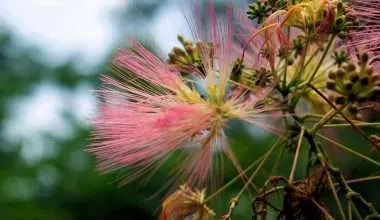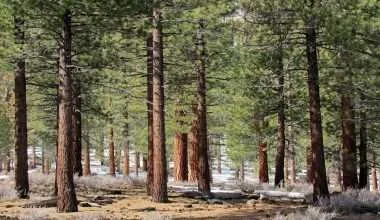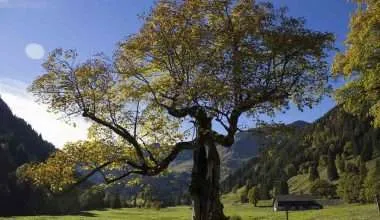Table of Contents Show
Elegant weeping branches with a deep heartwood scent, Juniper trees are a common sight in gardens. Their appeal is not surprising because they are practical trees that are easy to grow and maintain.
They can grow in inhospitable landscapes and withstand extreme weather conditions. Junipers also have an aura of immortality around them.
Here are some things you should be aware of about these sun-loving conifers and how to take proper take care of them.
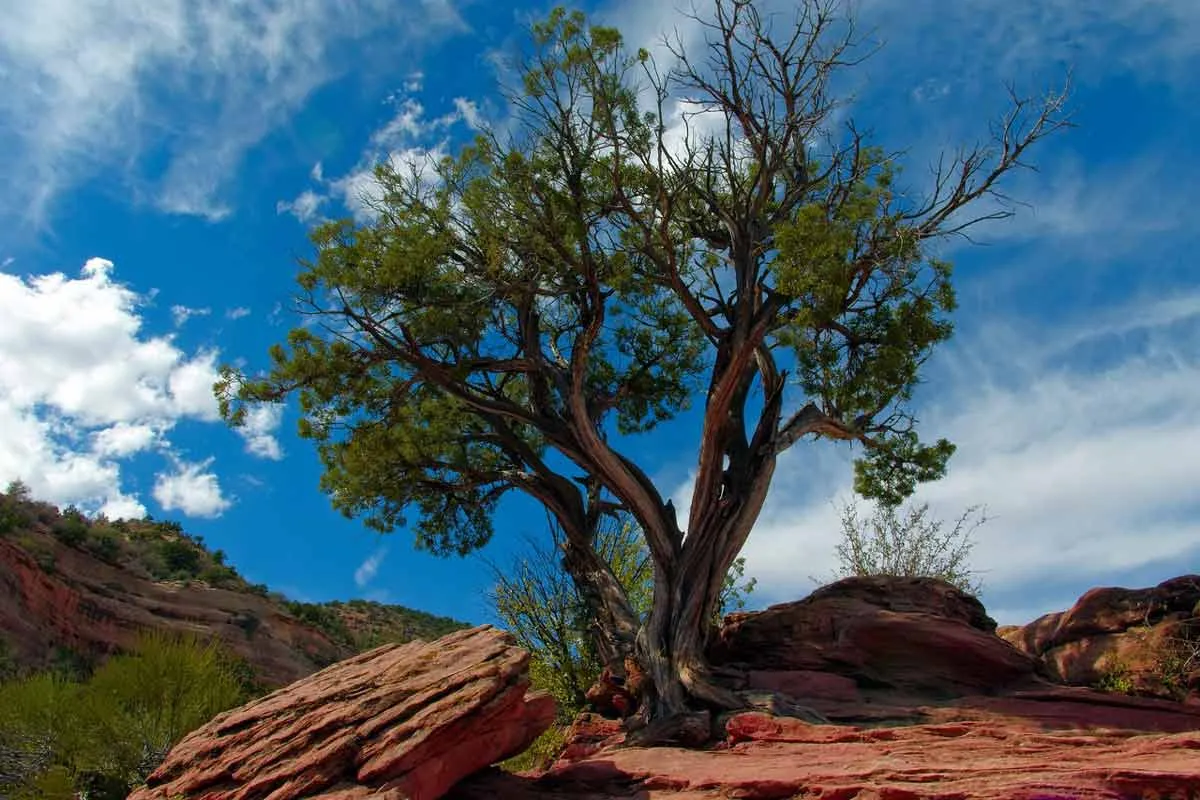
Juniper Tree Facts
It is an evergreen tree that includes over sixty different species of shrubs and trees. The scientific name Juniperus genus is derived from the Latin word junio, which means young to produce.
Juniper species was discovered by a German botanist, Phillip Franz von Siebold, on his trip to Japan. It belongs to the cypress or Cupressaceae plant family and originated from Northeastern Asia.
The majestic willow tree grows up to 32 feet with flattened leaves in the mature plants. The young ones have leaves like needles.
Juniper evergreen trees are dioecious which means that they produce either female or male parts, but never both. The female trees have vibrant purple cones that produce colorful berries, which are a form of modified cones.
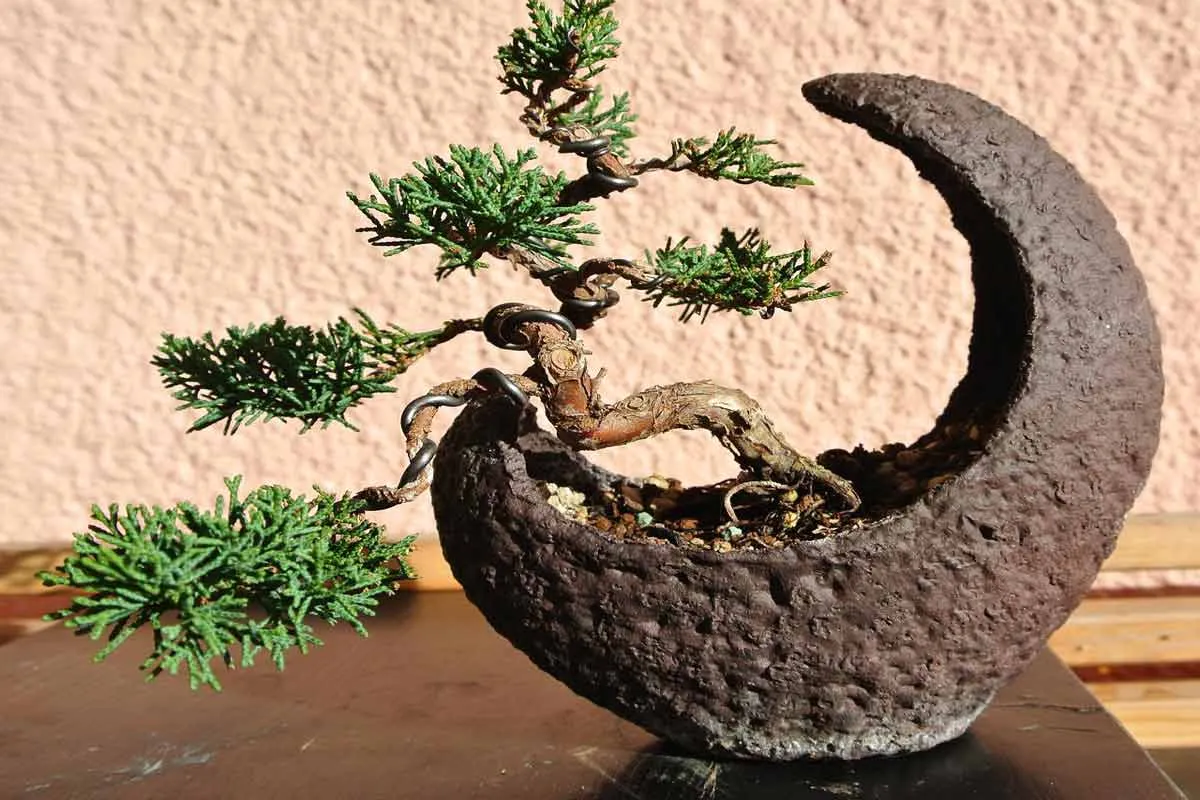
The temple juniper or Juniperus rigida is also used as a bonsai. The species is native to China and it produces dense foliage and dark green needles. The name temple juniper has been given to the plant because it was originally grown on temple grounds or other sacred places in Japan.
The pinyon-juniper woodland area spans from the Great Basin to the eastern Sierra Nevada, New Mexico, the Colorado Plateau, and the mountain ranges of the Mojave Desert. The Juniperus osteosperma is the most commonly found tree in the juniper woodlands.
Some botanists have also reported that a Western juniper tree, called the Bennett Juniper might be one of the oldest trees on the planet, ranging from 2000 to 6000 years. It was discovered in Tuolumne Country.
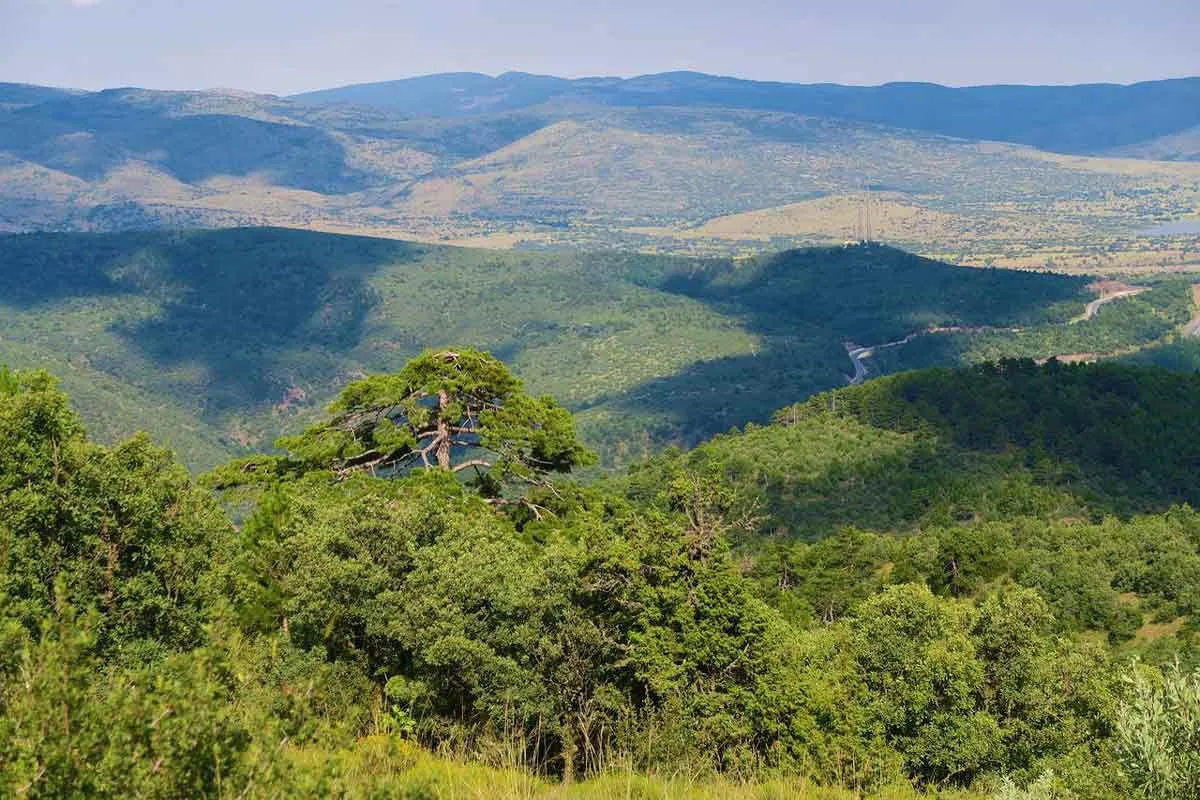
What Do Juniper Trees Look Like?
All species of juniper trees have different looks. Some have more trunks, some are bushy, and most of them have unshapely crowns that are a mix of dead and live branches.
They can be distinguished by their unique bark, fruits, and leaves. The bark is light brown or gray and loosely hangs over the tree in fibrous strips.
The leaves are flat, scaly, and of a rich dark green shade, that does not fall in autumn. The fruits are small and pea-sized, usually berries of light blue color. The fruit is actually the pinecone of the trees covered with a drought-resistant waxy layer.
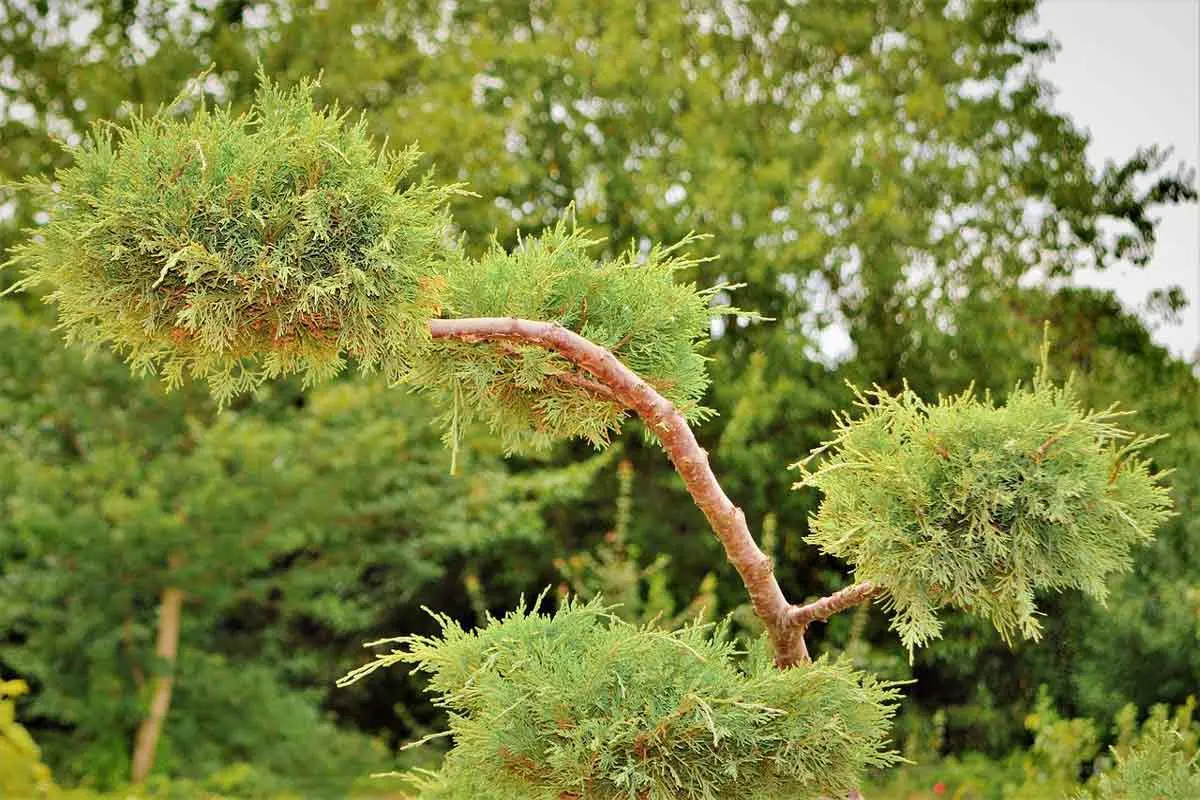
How Fast Do Juniper Trees Grow?
Juniper trees have a slow growth process. You would find a five feet tall juniper to be some fifty years old. They conserve water and can self-prune, by halting the supply of nutrients to a single branch to maintain the survival of the tree.
While most have slow growth, some junipers are fast growing trees, such as the Skyrocket juniper and the Rocky Mountain Juniper, which usually grow over two feet annually. The Savin Juniper of the section Sabina is also known for its stunted growth and deep green leaves.
Spartan juniper trees are great for beautifying compact spaces. They have a pyramidal shape with thick branches with a rich green color. They are only 15 feet tall with a width of 3 to 5 feet. Hence, a lovely way to spruce up a garden or yard with limited space.
Another plant known for its dwarf properties is the Flaky Juniper (J. squamata) also known as Blue Star. It has sparkly bluish silver foliage that turns into purplish-blue in winter. It looks great as a groundcover shrub in a rock garden.
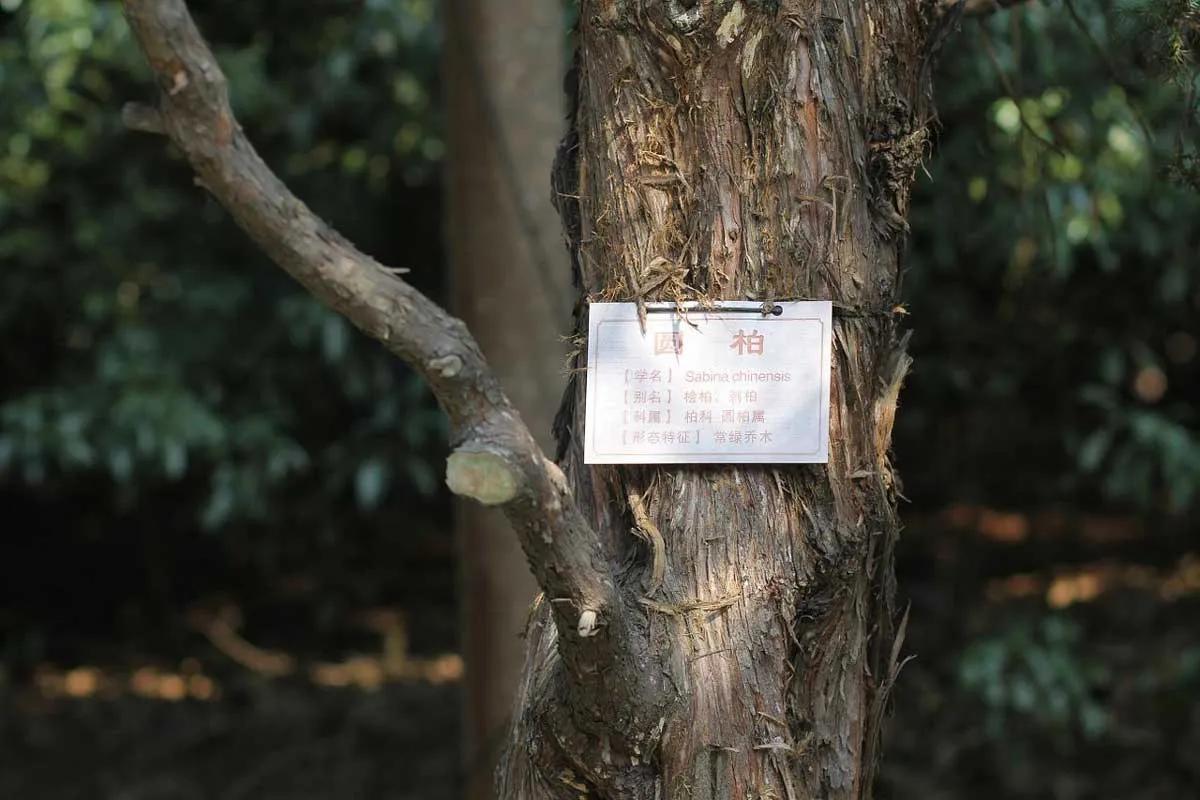
How Long Do Juniper Trees Live?
Junipers usually live up to 300 to 700 years, and some even live for a thousand years. However, despite the longevity of junipers, they seldom grow taller than 30 feet in height or 3 feet in diameter.
Benefits of Juniper Trees
Juniper trees have many important functions. They are cultivated for a number of reasons that make them a useful addition to any environment.
1. Provides resources for animals
The juniper tree is important for the ecosystem. Juniper berry is a favorite of coyotes, jackrabbits, and many other birds. Animals feeding off junipers is beneficial to the trees as well because it supports the dispersing of their seeds.
2. Used in medicines, utilities, and ornaments
Juniper is used for its medicinal properties, in the treatment of coughs, headaches, and stomach aches. The soft bark of juniper is used in the manufacture of toilet paper and bedding, as well as slow-burning match sticks. The dried seeds are used in beading jewelry such as bracelets and necklaces and rattles.
In ancient times, the oil of the juniper trees was extracted and used as a laxative to treat burns, skin infections, and other wounds. Juniper oil is still used for its healing properties by people today.
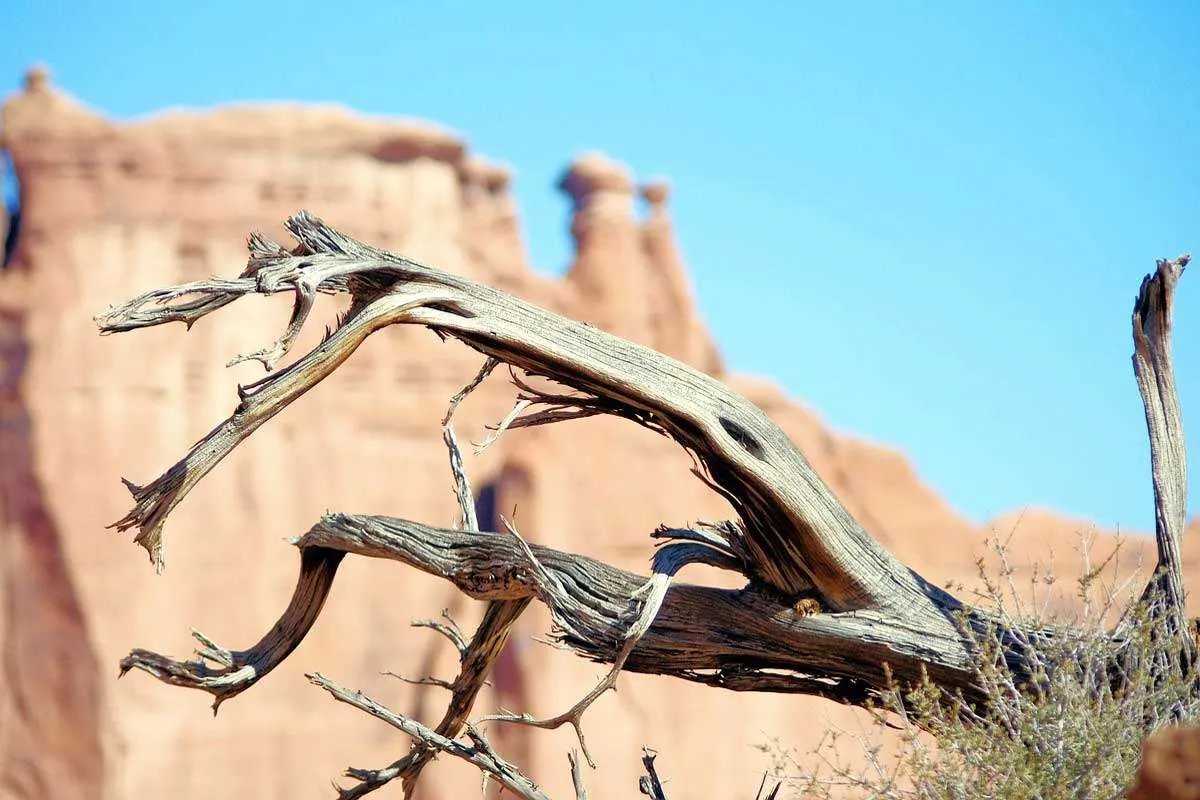
3. Firewood and construction
The juniper tree logs are used for building ceremonial hogans as well as other structures. The wood is rot-resistant and suitable for the construction of shingles and fence posts. It has also been popularly used as firewood.
4. Juniper trees for privacy
The thick foliage of the juniper provides shade to any landscape that is deprived of shade. Therefore, it can be used in yards to cover an exposed area for privacy.
5. Aesthetic design and beauty
The tree design is a work of art, with upright branches spreading in various directions. They are mystical creatures that are worthy to be placed in a museum.
Juniper trees add vibrancy, splendor, and charm to any landscape. They make a lifeless landscape colorful.
6. Juniper berries for food
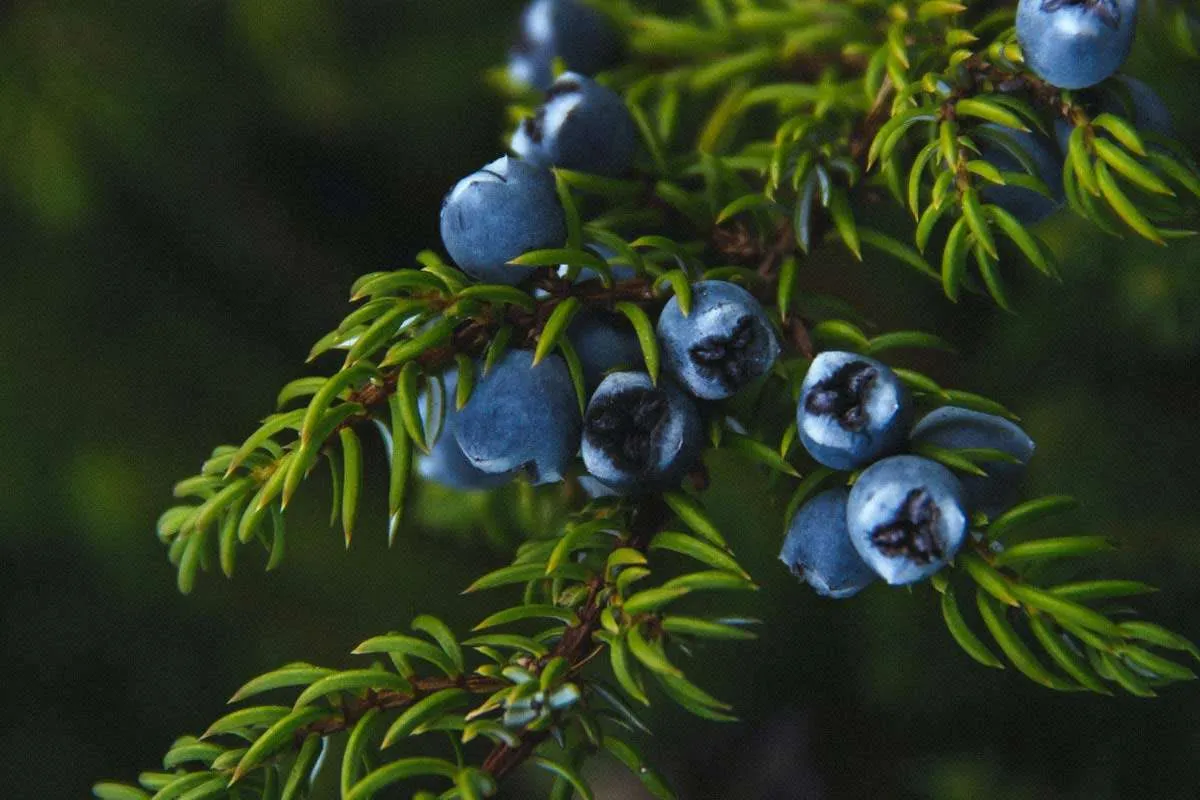
Juniper berries become fully mature in about three years. They are used for gin flavoring and other culinary products like sauces and spices in cooking. The fruits on juniper trees attract all kinds of birds and other wildlife animals.
Caring For Juniper Trees
While junipers are invincible beings, they require proper care to live longer and grow to their full capacity and be striking. Here are some important tips you can incorporate after planting a juniper.
- You need to prepare the soil before planting the tree. Mix a tiny amount of natural compost with the soil and it will do great for promoting the growth of your juniper.
- Be sure that you know the type of juniper you are cultivating. Some of the plants can grow up to 60 feet while others do not grow that tall.
- Make sure you plant your juniper tree where it receives direct natural light from the sun. The exposure is needed to maintain its bright-colored foliage and for the tree’s growth.
- You should keep some space between your juniper trees to accommodate all of their sizes and research the potential height and width of the species.
- Keep a container of water near the trees as you will see many kinds of birds making nests in the junipers.
Here is a video of how you can propagate your junipers.
Types Of Juniper Trees
Here are 11 types of juniper trees that are suitable to be cultivated in your home garden or any property that needs to be elevated with a rustic charm.
Alligator Juniper (Juniperus deppeana)
The tree was named for its unique bark that looks like the checkered and rough skin of alligators. This tree can grow up to become a shrub or a tree, ranging from 20 to 60 feet in height. it depends on where it is grown and what environmental conditions are given to it.
The Alligator also has other names such as oak-barked juniper, checkerbark juniper, western juniper, thick-barked juniper, and mountain cedar. It makes for a suitable plant for rocky and dry environmental conditions.
The cultivar McFetter is most commonly used in various landscapes, especially for buffer screening and in hedges. It is a native American tree, originating from South America and central and northern Mexico.
California Juniper (Juniperus californica)
California juniper is usually seen in the form of a large shrub located in the Southwest. But it can also grow into a medium height tree in forests and wild areas.
The tree has scaly bluish-gray leaves with reddish-brown cones. It is popularly used for habitats for wildlife, especially in barren areas.
It tolerates alkaline soil for the purpose of erosion control on dry landscapes. It is most of the time used in bonsai. It is also called the desert white cedar.
Its speices is considered as Juniperus cerrosianus, Juniperus cedrosiana, and Juniperus pyriformis. It is native to the Southwest and grows well in climates of zones 8 to 10. It typically reaches a height between 10 to 30 feet.
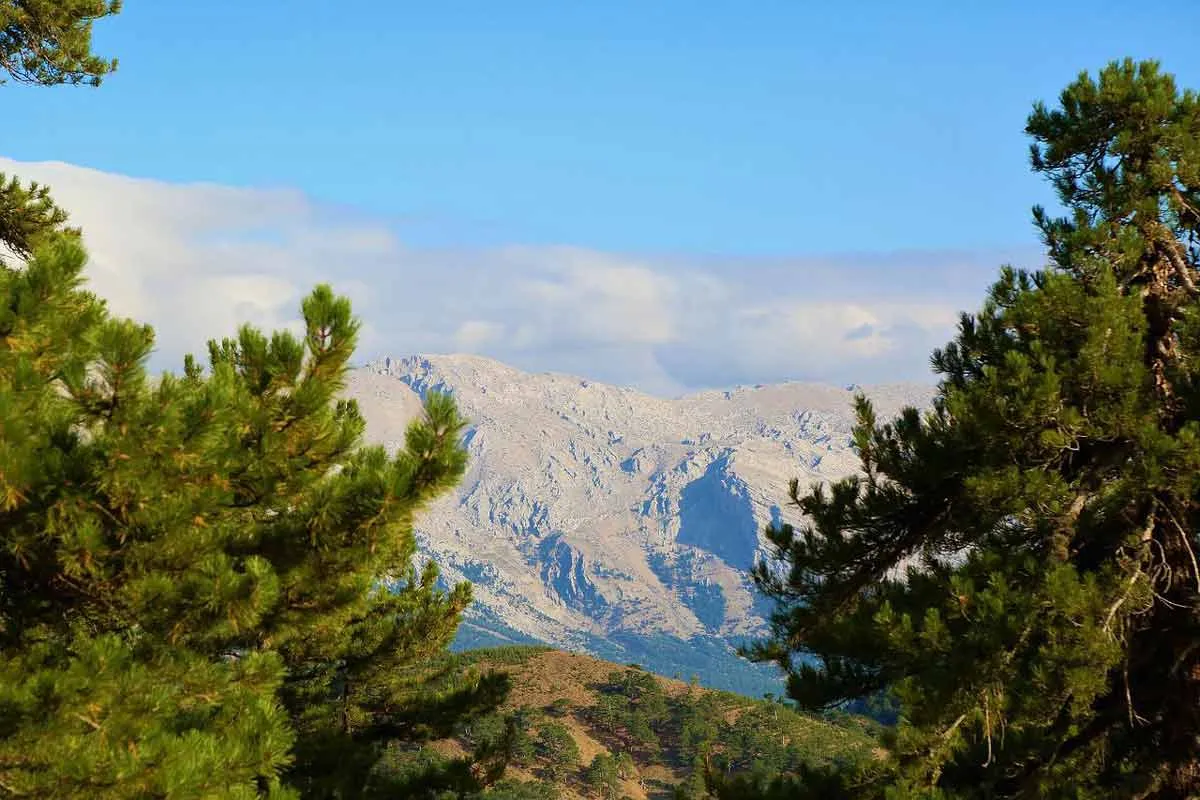
Chinese Juniper (Juniperus Chinensis)
The Chinese Juniper (Toruloso) is also called the Hollywood juniper. After the tree matures, it turns into a captivating twisted form which works great as a category of specimen plant.
Moreover, there are many other types of colors and shapes within the Chinese juniper category. Its leaves are shaped like a needle when the plant is young, but take a scaly shape when it matures.
The juniper species does not like wet soil but tolerates urban conditions very well. It is native to China and Japan and grows in zones 4 to 9. The Chinese juniper is usually a shrub and a groundcover and requires full sun.
Blue Point is a Chinese Juniper that grows uniformly and has a dwarf look with gray-blue foliage and dense branches.
Common Juniper Trees (Juniperus communis)
As per its name, this juniper is commonly found all over the world, especially in the Northern Hemisphere. It tolerates acidic and alkaline soil and is adaptable to a lot of locations, even windy sites.
Some of the cultivars of Common junipers grow into low shrubs used as ground covers, while some can become upright trees. It also depends on the environment it gets.
This is one of the rare junipers with its needle-like foliage and no scales. Its popularity has caused it to have many regional names such as prostrate juniper, dwarf juniper, mountain common juniper, ground juniper, old field common juniper, carpet juniper, and ground juniper
It is native to northern Asia, Japan, Europe, and North America. It grows well in climate zones 3 to 8. The height varies by its cultivars as some shrubs can grow up to 15 feet tall, and on a maximum of 30 feet.
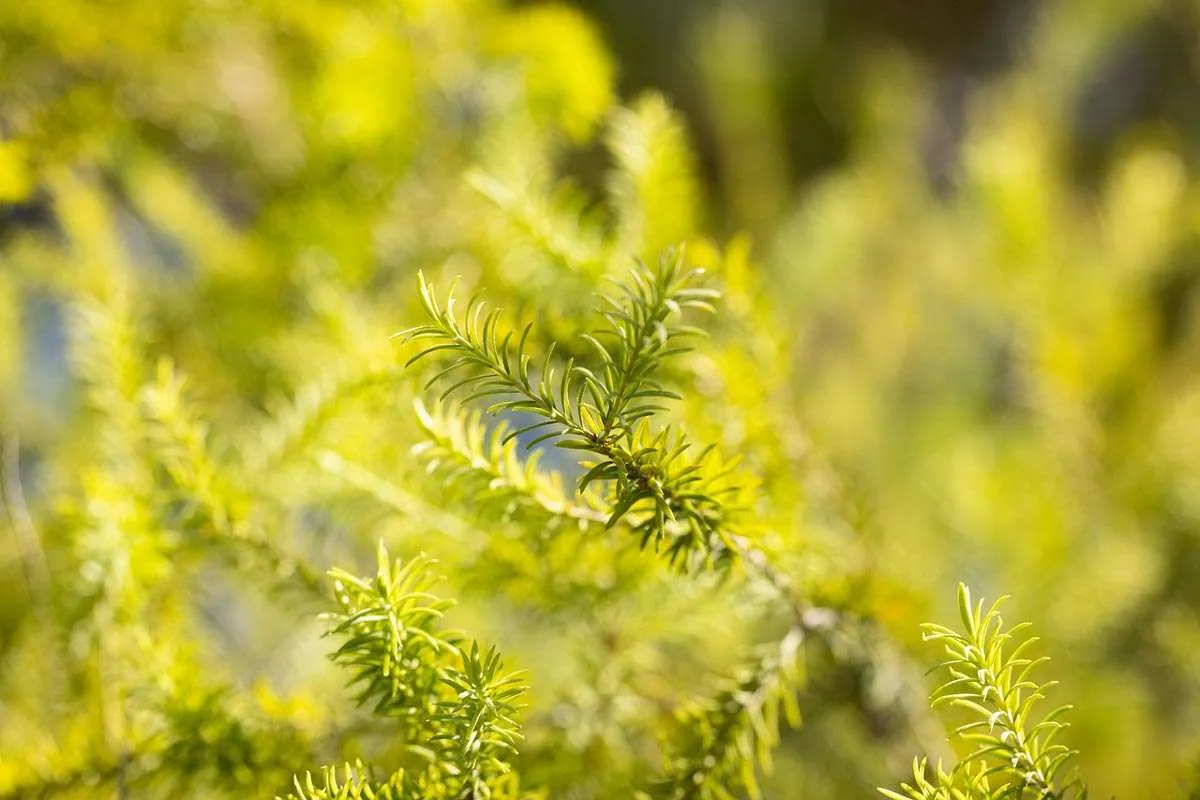
Creeping Juniper (Juniperus horizontalis)
This species works great as a groundcover tree, as its name also suggests. It adapts easily to different situations and soils. The leave starts with a needle shape but soon becomes scaley as the plant becomes mature. The cone becomes blue and white berries with a waxy layer.
More than 100 cultivars of the plant are available, including categories with yellow leaves. The plant is also sometimes called the creeping Savin juniper or trailing juniper.
It is native to the northern U.S, Alaska, and Canada. It grows in growing cones 3 to 9 up to 2 feet tall.
Drooping Juniper (Juniperus flaccida)
Drooping juniper got its name from the way its branchlets droop downwards and hang loosely. As young plants, these trees have leaves like needles that turn into flattened scales in older Drooping Junipers.
The tree has a gray or reddish-brown bark that also sheds in strips. The cones are green berries that ripen into purplish-brown ones. They are native to Mexico, Texas, and Guatemala. They tolerate zones of 8 to 11 and grow up to a height of 40 feet.
Eastern Red Cedar (Juniperus virginiana)
As opposed to its name, this tree is not a cedar. It is a kind of juniper that is very fragrant, which can also keep insects and pests away. The wood of red cedar is usually used in creating chests).
It has foliage of dark blue and green scales and bark of reddish-brown hues. Its trunk is flued from the underground. Eastern Red Cedar functions as a specimen tree or one used in large screen plantings.
Be sure not to plant this tree near apple trees as it can develop rust fungus. The tree can survive well in moisture conditions, unlike other species of junipers. However, it does not like watery soil.
It is native to Eastern North America and grows well in 2 to 9 zones, reaching a height of 40 feet sometimes 65 feet as well.
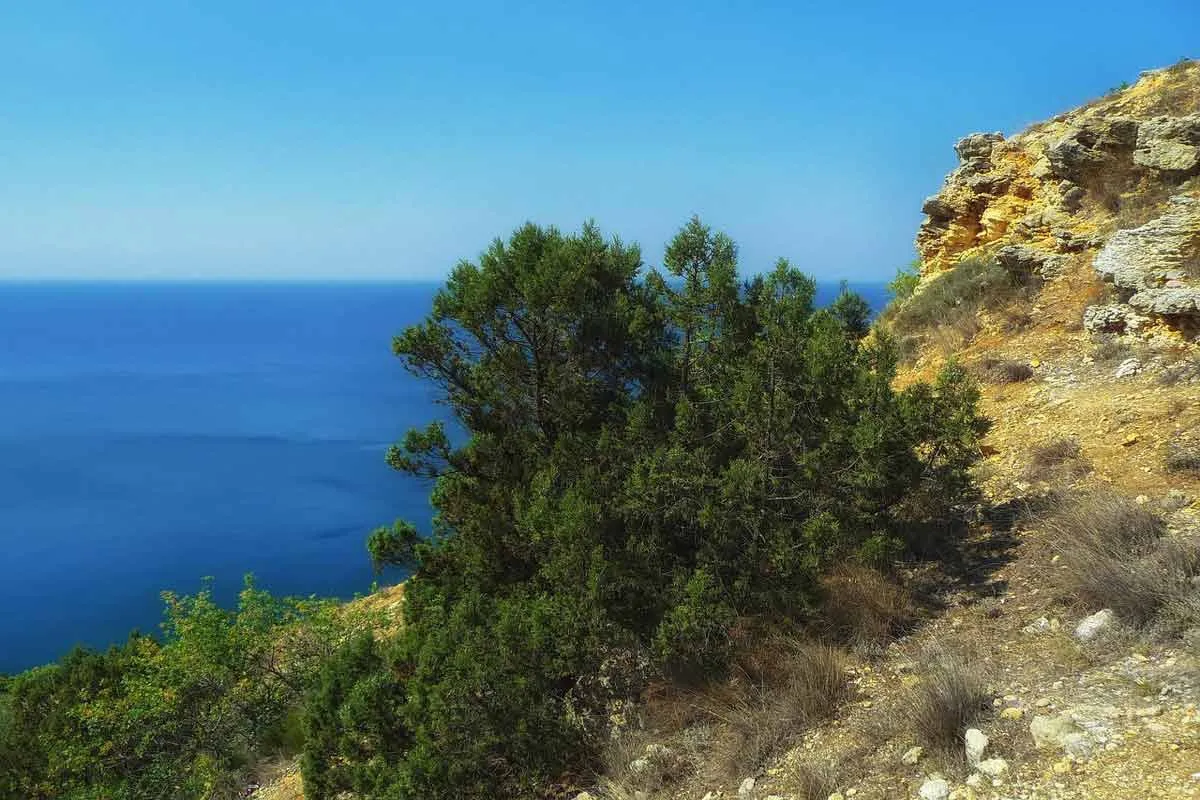
Greek Juniper (Juniperus exelsa)
It can grow into a large-sized shrub or tree, often found alongside the stinking juniper (Juniperus foetidissima), a plant species which has a similar look but with a light green shade.
They can even grow on the edges of rocky cliffs. Just like most junipers, the foliage consists of young Greek junipers with needle-like leaves that become flattened scales when the tree becomes mature.
The foliage is green-gray and the trunks are huge and can get up to 6 feet in diameter. The cones of Greek juniper are blue-purple berries. They are native to the Mediterranean and survive in 5 to 9 climate zones. They grow up to 65 feet tall with full sun exposure.
Rocky Mountain Juniper
This species is similar to the Eastern cedar and is also known as the Mountain red cedar, Colorado red cedar, or Rocky Mountain cedar.
The foliage of mature Rocky Mountain Juniper is like scales and it produces bluish-green berries. The Skyrocket type is a unique variety that produces these berries. It is also one of the most likely juniper species to be infested by cedar apple rust.
It is native to the mountainous areas of western North America and grows in zones 3 to 8. It grows up to 15 feet tall and even 60 feet out in the wild.
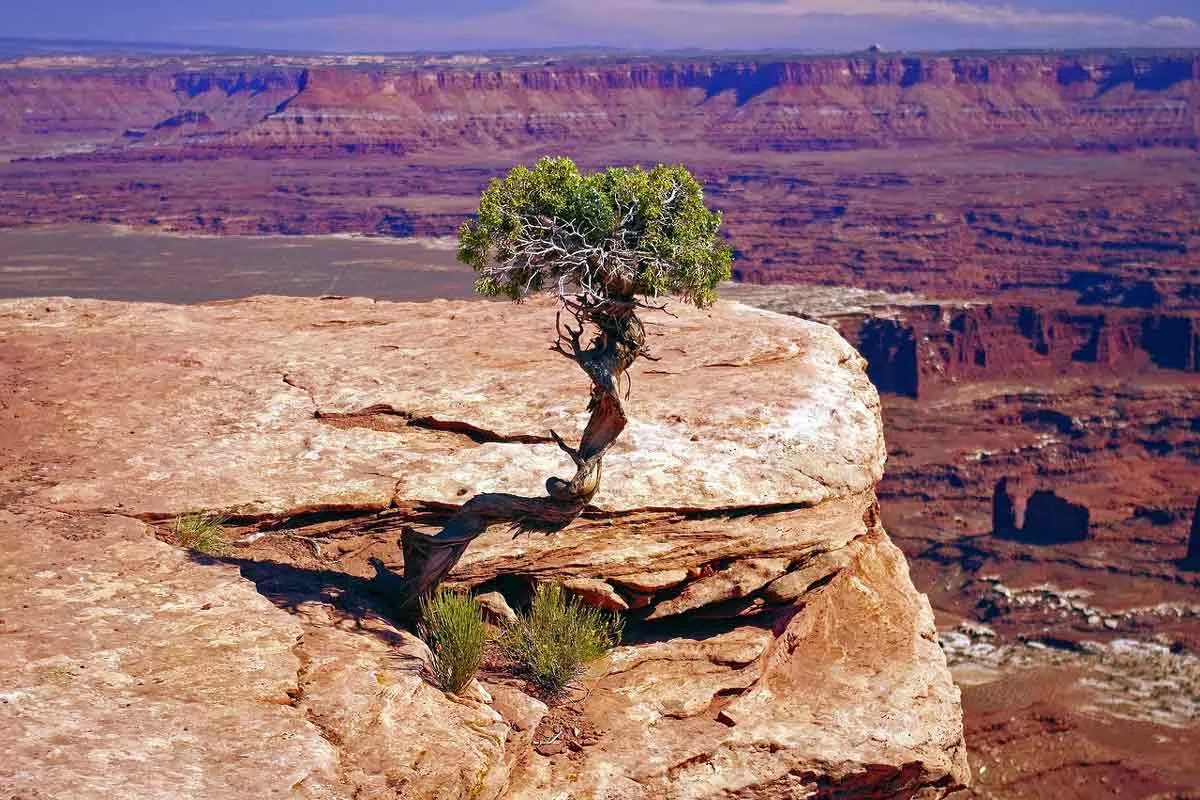
Utah Juniper
An interesting fact is that the city of Utah got its name after these trees as they are found in large quantities in Utah.
The Utah Juniper ((Juniperus osteosperma or J. utahensis) can also be found in Arizona and other parts of the western U.S, where it is commonly known as desert juniper or bigberry juniper.
The leaves are of a light green shade and the stems and branches are thick. It also prefers alkaline soil.
Ashe Juniper
The Ashe Juniper (Juniperus ashei) is the superior native tree kind found in Texas. It is among the six Juniperus species belonging to the Cypress family.
It is the dominant native tree species of the Texas Hill Country. It tolerates a mild climate and uses its water wisely, with a preference for alkaline soil.
Common Diseases and Pests
While caring for your juniper, make sure to watch out for pests and diseases. Juniper bush with berries is attacked by brown beetle. Common pests include the sawtoothed grain beetle, juniper bark borer, and flat grain beetle. Tip blight and twigs can also occur, especially in moist areas and due to the presence of fungus.
It is unwise to cultivate junipers in your garden if you have apple trees within a mile radius. The fungus cedar apple rust (Gymnosporangium juniperi-virginianae) attacks the juniper trees, and then makes it home on crabapples, hawthorn, quince, and apple trees, causing breakage and damage to both plants.
Now that you know a lot about juniper trees, it’s time to grow one in your backyard. A tree with such amazing benefits and not many specific growing requirements, junipers can be your next favorite tree, shrouding your garden in a union of greenery and immaculate structures.
